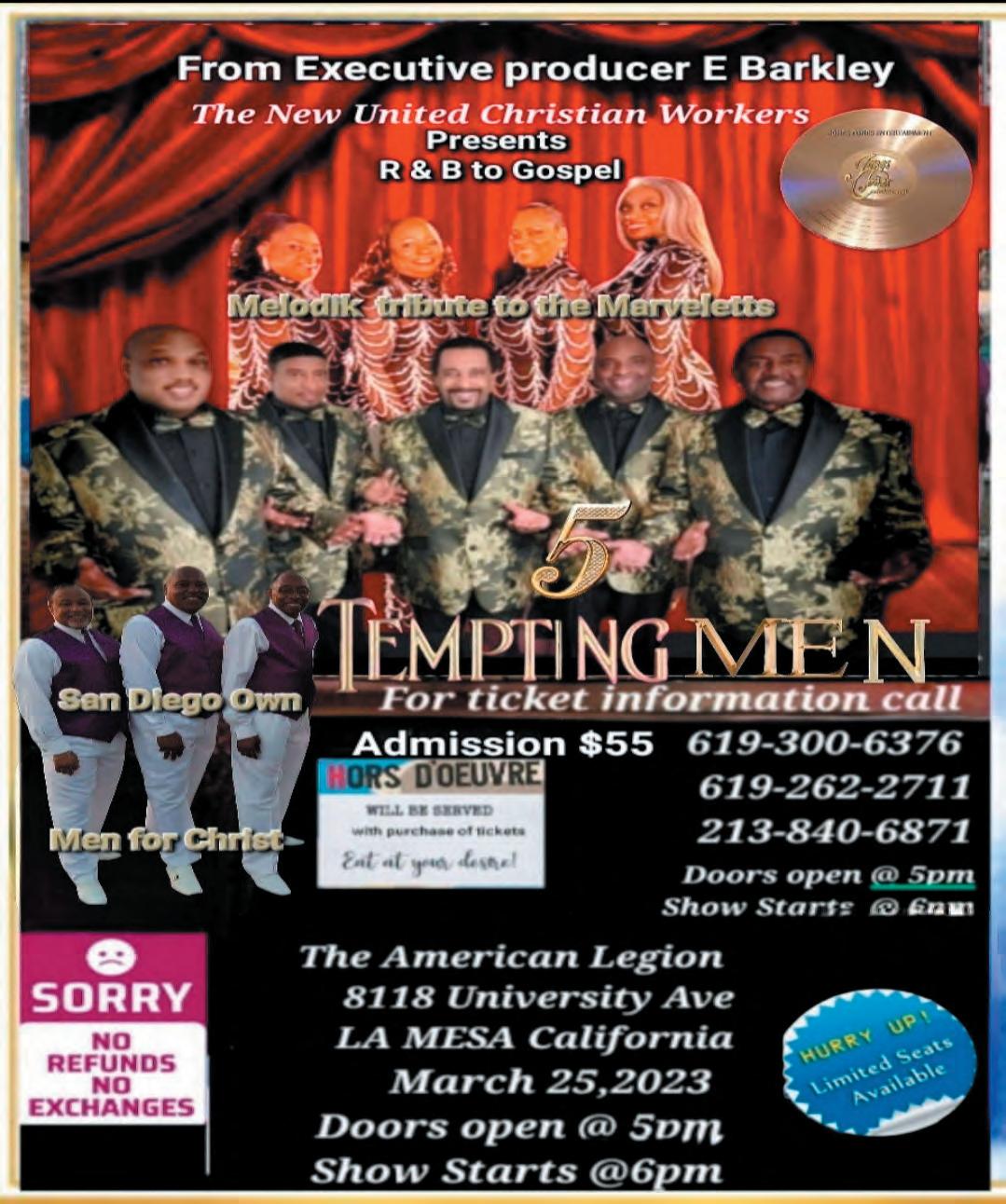
4 minute read
ARTICLE CONTINUATION
Oscars
continued from page 3
I was having lunch in New York’s Chinatown with a lawyer friend of mine, a Chinese American immigrant and also a triple Harvard (College, Law School, and MBA) graduate. My friend surprised me when he said he couldn’t understand the hype about “Everything, Everywhere…” He called it unwatchable. He liked the movie “Tar.”
I told him maybe it was generational. Just goes to show you that not everyone, not even Asian Americans, are on board with “Everything, Everywhere…” But the huge victory makes the film like a Golden Spike in Hollywood. The track is finally connected and open for AAPI creatives bound for glory.
“Everything, Everywhere…” has put everyone in the equation on notice. We have stories to tell that sell, and that people want to see. Stories that win Oscars.
I see the phenomenon as a rising Asian American film lifts all boats. And with AAPI at just over 6% of the population, I don’t buy the “Afro-Pessimism” idea in his play.
We can’t go it alone. We don’t have the numbers. We need each other. Like anything worthwhile, it’s going to have to be done together.
Emil Guillermo is a journalist and commentator.
Bank
continued from page 6 Banking is based on relationships and when a bank like SVB goes under, “those relationships go away, too,” said Hilliard, who is African American.
Some conservative critics asserted SVB’s commitment to diversity, equity and inclusion were to blame, but banking experts say those claims were false. The bank slid into insolvency because its larger customers pulled deposits rather than borrow at higher interest rates and the bank’s balance sheets were overexposed, forcing it to sell bonds at a loss to cover the withdrawals.
“If we’re focused on climate or communities of color or racial equity, that has nothing to do with what happened with Silicon Valley Bank,” said Valerie Red- Horse Mohl, co-founder of Known Holdings, a Black, Indigenous, Asian Americanfounded investment banking platform focused on the sustainable growth of minority-managed funds.
Red-Horse Mohl — who has raised, structured and managed over $3 billion in capital for tribal nations — said most larger banks are led by white men and majority-white boards, and “even when they do DEI programs, it’s not a really deep sort of shifting of capital.”
Smaller financial institutions, however, have worked to build relationships with people of color. “We cannot lose our regional and community banks,’’ she said. ‘’It would be a travesty.” radiation, and chemotherapy. While modern cancer therapies can effectively eliminate most cancer in a patient, to eliminate all cancer cells, the patient’s immune system needs to do its part and kill the residual disease. When cancer cells evade NK cells by making themselves effectively invisible, the immune system can’t identify them and therefore can’t kill them. This failure of the immune system to eliminate residual disease is the cause of cancer relapse.
Historically, smaller and minority-owned banks have addressed funding gaps that larger banks ignored or even created, following exclusionary laws and policies as they turned away customers because of the color of their skin.
But the ripple effects from SVB’s collapse are being felt among these banks as well, said Nicole Elam, president and CEO of the National Bankers Association, a 96-year-old trade association representing more than 175 minority-owned banks.
Some have seen customers withdraw funds and move to larger banks out of fear, even though most minority-owned banks have a more traditional customer base, with secured loans and minimal risky investments, she said.
Black-owned banks have been hit the hardest as the industry consolidates. Most don’t have as much capital to withstand economic downturns. At its peak, there were 134. Today, there are only 21.
But change is on the way. Within the last three years, the federal government, private sector and philanthropic community have invested heavily in minority-run depository institutions.
“In response to this national conversation around racial equity, people are really seeing minority banks are key to wealth creation and key to helping to close the wealth gap,’’ Elam said.
INKmune, INmune Bio Inc.’s lead product, activates resting NK cells into a primed state to kill cancer. Currently in clinical trials, this therapy is already showing promising results. INKmune-primed NK cells have demonstrated an ability to kill several types of cancer cells. “Chemotherapy and radiotherapy reduce the tumor burden, but are not always curative alone,” says Dr. Tesi. “To eradicate the disease and turn cancer relapsers into survivors, we also need an effective immune response to control residual cancer cells left behind after primary treatment.”
Bradley also is an angel investor, providing seed money for a number of entrepreneurs, and is seeing new opportunities as people network in the WhatsApp group to help each other remain afloat and grow.
“I’m really so hopeful,” Bradley said. “Even in the downfall of SVB, it has managed to form this incredible community of folks that are trying to help each other to succeed. They’re saying, ‘SVB was here for us, now we’re going to be here for each other.”
Ethiopia
continued from page 10
In a photo op before a private meeting, Ethiopia’s foreign minister, Demeke Mekonnen, noted that the two nations “have longstanding relations, and it is time to revitalize them and move forward.”
Former U.S. diplomat to Africa Elizabeth Shackelford, opined: “Mr. Blinken should be skeptical toward Mr. Abiy, whose heroic image as a 2019 Nobel Prize winner has been eclipsed by a ruinous civil war for which he bears much responsibility and during which his forces and allied troops from the neighboring country of Eritrea were accused of massacres, sexual assault and ethnic cleansing in Tigray. “My hope is that the war has changed our approach to the Ethiopian government and made us buy Abiy’s lines less readily.”
















